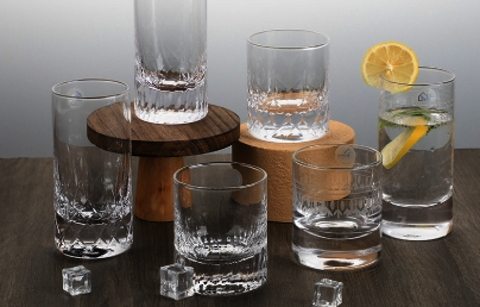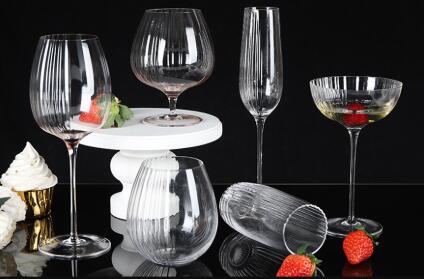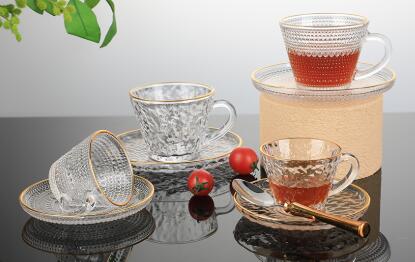Colorless 'American' glassware less valuable than colored
Pulished on Oct. 16, 2018
Q: I have a 45 piece collection of glassware that I am told is the "Fostoria" pattern. I purchased the set from an elderly woman in Roane County and have had it for more than 30 years. I now plan to sell it and would like to know the value.
A: This is a lot of glass, but it is not the "Fostoria" pattern. Instead, it is the "American" pattern (also #2056) that was made by the Fostoria Glass Company of Fostoria, Ohio.
The factory was built in Fostoria in 1887 because of the proximity to a new natural gas field that would provide fuel to run the company's furnaces. Unfortunately, the natural gas was exhausted very quickly and the company had to move to Moundsville, W.V., in 1891.
Primarily, Fostoria made pressed glass, but they also produced some blown pieces in the early days of their existence. At its peak, Fostoria is said to have employed approximately 1,000 workers and in 1950 — the zenith of their production — they manufactured more than 8 million pieces.
The "American" pattern was the best-selling star of the Fostoria line. It was first made in 1915 and continued to be made by other companies (namely Dalzell Viking of New Martinsville, W. V.) after the firm closed in 1986.
It should be mentioned that the vast majority of the "American" pattern was produced in clear, colorless glass, but there was some early production of items in amber, blue, canary yellow, green and red. An ebony ashtray was also produced, as well as some milk glass, aqua and peach opaque items in the 1950s.
If you have an original Fostoria "American" piece in red it is twice as valuable as the same piece in clear. But if the color is amber, blue or canary the price triples.
OK, let me run through the retail values of today's items — but let me emphasize that these will bring no more that 30 to 50 percent of these values. "American" is not as popular with collectors as it once was 8 to 10 years ago, and it can be hard to sell.
I am basically working from drawings with dimensions, so I have come as close as I possibly can. The water glass should be approximately $22 each, and the ice teas $20 each. The water pitcher — if it is the pint size should be around $26, but if it is the 39- or 59-ounce size, the value would jump closer to $100.
The cream pitcher is worth a modest $9, but the covered sugar bowl brings around $24. The plates appear to be the 7 ¾ inch salad plates, and these should be valued at about $12 each. The little sherbet or desert dishes are $8 each, and the round cake stand is $160 (the square ones are more valuable at $260).
Continuing on with my cavalcade of prices, the "Large bowl shaped flower container" may be the rose bowl at $20 to $24 depending on several factors. The triangular relish dish is called a nappy and is worth $9, while the similar round dish is also a nappy and is worth $16.
The divided relish dish is $16, and the salt and pepper shakers should have a trasy with them, but they are still worth about $40. Hope this helps.
 Previous:
A Brief History of the Wine Glass
Previous:
A Brief History of the Wine Glass








